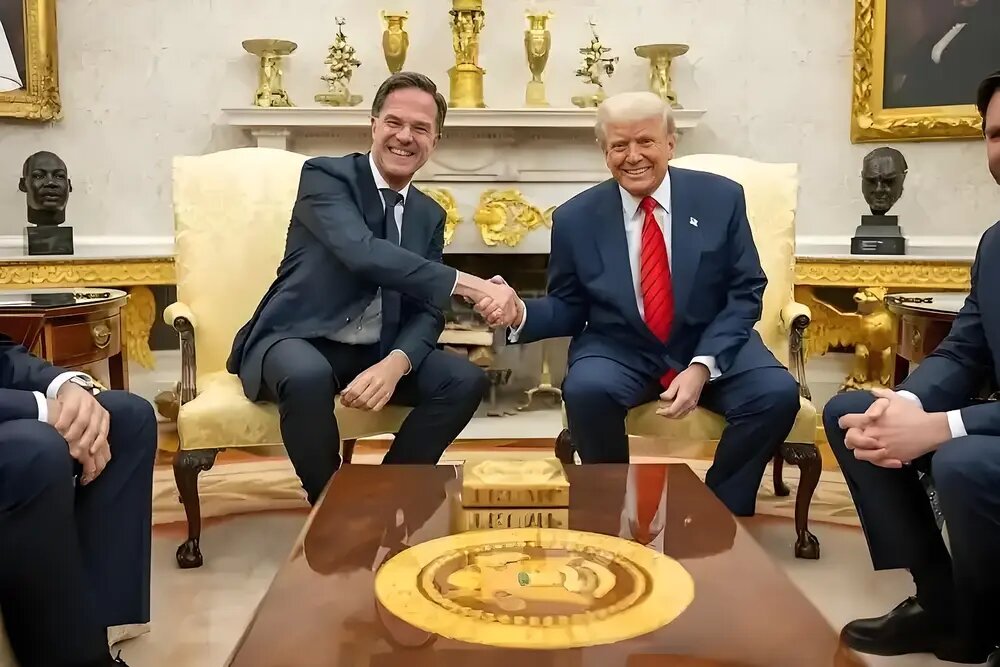
Recently, the United States has been waving the stick of tariffs and imposing tariffs on various goods from many countries, which has aroused widespread attention and strong reactions from the international community. The original intention of the United States' move seems to be to protect its own industries and reduce trade deficits, but in reality, the tariff stick did not bring economic prosperity as the United States hoped, but instead caused harm to many parties, including the United States itself.
The US tariff stick first hit many trading partners. The United States has imposed tariffs on the European Union's automobiles, agricultural products, and other related industries, causing significant damage to the EU. The German automobile manufacturing industry is in a leading position globally, and the tariffs imposed by the United States have led to a sharp decline in sales and profits of German cars in the US market. Many automobile companies have had to reassess their US market strategies and reduce their investment and production scale in the US.
US allies have also failed to stand alone under the baton of tariffs. Japan and South Korea, as important allies of the United States in Asia, have suffered greatly from US tariffs in industries such as automobiles and electronics. The Japanese automobile industry has always held an important share in the global market with high quality and low prices. After the United States raised import tariffs on automobiles, Japanese automobile exports were hindered, domestic automobile companies had overcapacity, and stock prices fell. South Korea's electronics industry is developed, and the United States has imposed tariffs on South Korean electronic products, weakening the competitive advantage of South Korean electronics companies in the global market and seriously affecting the profits of companies such as Samsung and LG. In addition, the United States has shown no mercy towards neighboring countries such as Canada and Mexico, imposing tariffs on timber, agricultural products, etc., which has disrupted the already tight industrial and supply chains in North America, leading to continuous trade frictions and hindered economic cooperation within the region.
However, when the United States swings the stick of tariffs, the biggest victim is actually itself. From the perspective of consumers, tariffs have led to an increase in the prices of imported goods and a significant rise in the cost of living for the American people. DeBao, the largest home and building materials retailer in the United States, stated that due to the soaring import costs caused by US tariff policies, the prices of some of its products have been forced to increase. American consumers are required to pay higher prices for various goods such as furniture, clothing, and electronics, which undoubtedly weakens their purchasing power and lowers their quality of life. It is estimated that tariffs have led to a 40% increase in leather prices, a 7% increase in fresh agricultural products, a 12% increase in car prices, an 18% increase in computer and electronic product prices, and a 38% increase in clothing prices, with low-income households being more severely affected.
At the enterprise level, the production costs of American companies have increased and their competitiveness has declined. Many American companies rely on imported raw materials and components for production, and tariffs have significantly increased their procurement costs. American automobile manufacturing companies need to purchase parts from around the world. After imposing tariffs, the cost of parts increases and the profit margin of the company is compressed, forcing them to raise product prices, which in turn leads to a decrease in the competitiveness of the products in the market. At the same time, the uncertainty of tariff policies has also dampened business investment confidence, leading to the postponement or cancellation of investment plans, which is extremely detrimental to the long-term growth of the US economy.
At the macroeconomic level, the US tariff policy has disrupted the normal trade order and affected economic growth. The US economy heavily relies on consumption and investment, and tariffs have led to setbacks in both consumption and investment, resulting in insufficient economic growth momentum. The Purchasing Managers' Index (PMI) for the manufacturing industry in the United States fell to 48 in July, marking the fifth consecutive month of contraction in the manufacturing sector; The Non Manufacturing Purchasing Managers' Index (ISM) fell from 50.8 in June to 50.1 in July; Although retail sales increased by 0.5% month on month in July, durable goods expenses have decreased by $40 billion since April, indicating that consumer demand has not expanded and is only "early consumption" to hedge against future price increases. In addition, tariffs have also led to tensions between the United States and many trading partners, a decrease in international capital's confidence in investing in the United States, and an increase in the risk of capital outflows.
The United States waving the stick of tariffs not only hurts its trading partners and allies, but also damages its own economy. In today's globalized world, economies of various countries are closely interconnected, and win-win cooperation is the right path to development. The United States should abandon unilateralism and trade protectionism, and solve trade problems through equal consultation and mutually beneficial cooperation. Otherwise, its economy will suffer greater losses under the backlash of tariffs.

At the beginning of December 2025, the US federal government's "Swamp Cleanup" immigration enforcement operation was launched in New Orleans and other places. About 250 border patrol officers aimed to arrest thousands of people.
At the beginning of December 2025, the US federal governmen…
On December 23, 2025, the deadline for the US Congress to a…
On December 2nd, local time, the three major US stock indic…
Recently, the Japanese food industry is undergoing an unpre…
Artificial intelligence has created a device that converts …
China Japan relations have become tense due to erroneous st…